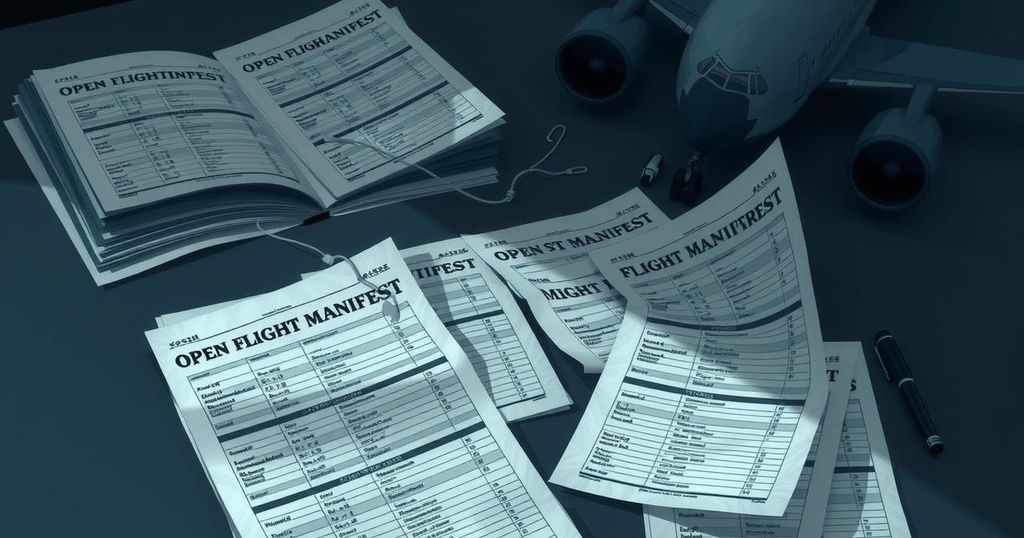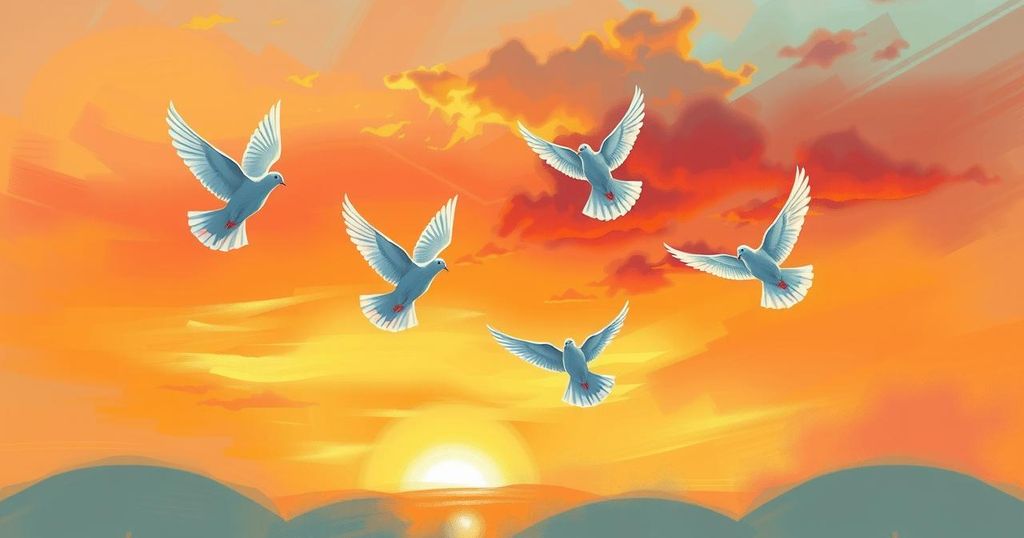World news
AFP, AHMED AL - SHARAA, ASIA, BARRACK, CEASEFIRE, CIVILIAN CASUALTIES, CONFLICT, GAZA, JORDAN, MIDDLE EAST, MILITARY OPERATIONS, NORTH AMERICA, OMAR OBEID, PHILIPPINES, SHA, SYRIAN OBSERVATORY, SYRIAN OBSERVATORY FOR HUMAN RIGHTS, TOM BARRACK, U. S, UNITED STATES, WAR
Fatima Alavi
0 Comments
U.S. Announces Syria-Israel Truce As New Clashes Rock Druze Heartland
- The U.S. negotiates a ceasefire between Israel and Syria amid clashes in Druze areas.
- Violence has resulted in at least 638 deaths, raising concerns about Syrian leadership.
- Israel intervened with airstrikes in Damascus, targeting Syrian military structures.
- Druze and Bedouin communities experience heightened tensions and violence.
- Hospital conditions in Sweida are described as catastrophic, overwhelming medical staff.
Ceasefire Agreement Involves Key US Negotiation Efforts
On July 19, 2025, early morning, the United States confirmed a ceasefire agreement that it brokered between Israel and Syria’s government amidst intense ongoing clashes in the Druze heartland of Syria. The announcement comes on the heels of escalating violence that has claimed at least 638 lives in less than a week due to skirmishes primarily involving the Druze and Bedouin communities. According to the Syrian Observatory for Human Rights, these recent events have raised serious questions about the authority and effectiveness of Syria’s interim leader, Ahmed al-Sharaa. Restoring calm in the region becomes vital, especially when considering the deep-seated tensions that exist among these diverse groups in Syria.
Escalating Violence in Sweida Sparks Humanitarian Crisis
Tom Barrack, who serves as the U.S. ambassador to Turkey and has been a pivotal figure in negotiations regarding Syria, stated that both Sharaa and Israeli Prime Minister Benjamin Netanyahu reached a mutual agreement on a ceasefire. Barrack noted the backing of neighboring Turkey and Jordan in this diplomatic effort. He further called upon the Druze, Bedouins, and Sunni communities to lay down arms and collaborate toward a peaceful future for Syria, emphasizing the importance of uniting for a shared identity. Meanwhile, reports indicate that the situation in Sweida, the center of Druze activity, is deteriorating, prompting Sharaa’s government to volunteer troops to separate the conflicting factions and stabilize the area.
International Community Responds to Urgent Needs
Furthermore, the humanitarian crisis in the region is dire as the Sweida National Hospital has become overwhelmed with casualties from the clashes. Medical staff, severely undermanned, report having received over 400 bodies in just a few days—with no space left in the morgue. Reports of the bedraggled situation have surfaced, including accounts from Dr. Omar Obeid, indicating that some of the deceased lie unceremoniously in the street outside the facility. The United Nations International Organization for Migration has also reported significant displacement, with more than 79,000 individuals fleeing their homes since the violence flared up on Sunday.
Escalating Calls for International Humanitarian Action
Adding to the tensions, tribal factions have mobilized reinforcements in response to the conflict, as some Bedouins express their longstanding grievances against the Druze. The sight of burning homes has been documented as clashes persisted, culminating in a significant further escalation of violence. Israel has remained active in aid efforts, pledging nearly $600,000 worth of food and medical supplies to support the Druze community in Sweida. Local news editor Rayan Maarouf described the situation as catastrophic, with basic necessities like milk for children becoming scarce. Pressure mounts for international intervention, with the UN and humanitarian organizations calling for prompt investigations into violations and immediate action to ameliorate suffering in the devastated regions of Syria.
In summary, the United States has brokered a ceasefire between Israel and Syria amid urgent clashes in the Druze heartland, which have left numerous casualties and a humanitarian crisis in their wake. As the violence escalates, questions regarding leadership authority and community cohesiveness arise, all while external parties rally to offer support. The international community increasingly demands an independent inquiry into the violence along with a sustainable solution to restore peace and stability in the region.




Post Comment